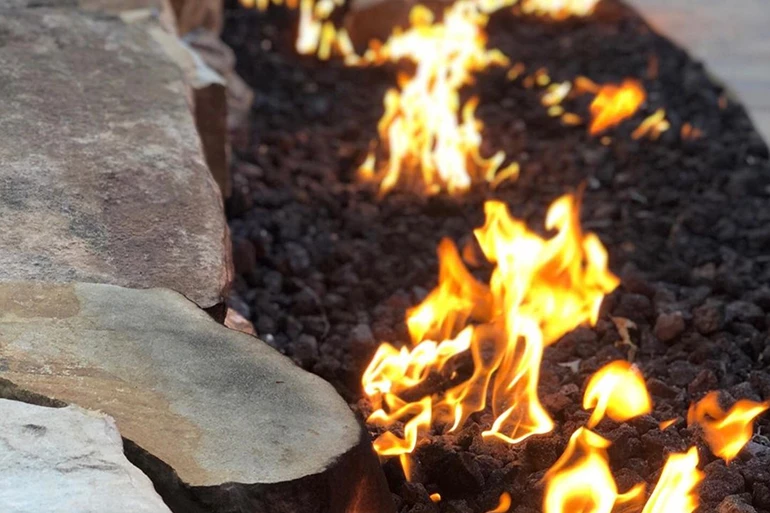Fire Pit Inserts Buyer's Guide
No matter which part of the world you live—warm, tropical, cold, or somewhere between—most homeowners want a fiery outdoor oasis. It's a bridge from the interior to the exterior, an extension to the scenic beauty of the great outdoors.
Whether you've decided to add a patio, deck, outdoor kitchen, or the like, no outdoor living space is complete without the spark from a fire feature. And, you don't have to be rich to do it! You can host year-round entertainment at a fraction of the cost you'd pay for some of the common prefabricated structures.
-

- Hearth Products Controls blue flame specialties
In this article, we'll teach you some ways to create a custom fire feature as the focal point of your backyard using a fire pit insert. We'll explain how fire pit inserts differ from pre-built fire pits. This includes the costs for materials, installation, fuel, and maintenance. We'll also discuss the advantages and disadvantages of getting one.
As more people attune themselves to trendy outdoor designs, it's easy to get lost in the shuffle. Most people end up selecting from piles of mass-produced products with no originality. But, you do not have to succumb to these basic, ill-fitting fire pit assemblies. Don't fill the void of empty space in your backyard with generic styles that everyone has. All you need is a fire pit insert to create a custom design to fit your unique outdoor space.

